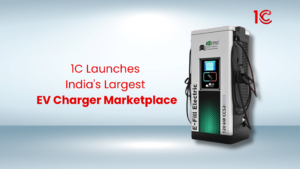
1C launches nation's largest EV charger marketplace, bringing chargers from renowned OEMs under a singlemplatform, offering convenience & options for EV owners.
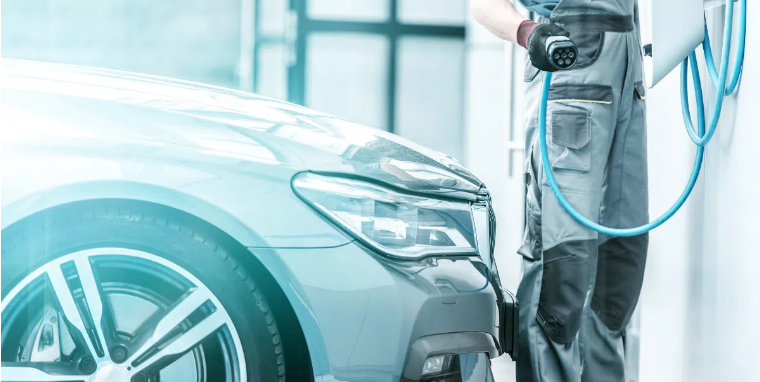
Plug-in hybrid electric vehicles (PHEVs) employ batteries to operate an electric motor and use an additional fuel, like gasoline or diesel, to drive an internal combustion engine or another propulsion source. PHEVs have the capability to recharge their batteries using charging equipment and by capturing energy through regenerative braking.
In the electric vehicle landscape, there are various types based on the energy used for propulsion, including Battery Electric Vehicles, Hybrid Electric Vehicles, Plug-In Hybrid Electric Vehicles, and Fuel-Cell Electric Vehicles powered by hydrogen. This article is focused on plug-in hybrid electric vehicles, which are subtypes that can be charged from the electric grid and are equipped with rechargeable battery packs. PHEVs combine an internal combustion engine with an electric powertrain, providing operational flexibility.
An Electric Vehicle is a motor vehicle that uses electricity instead of fuel like petrol or diesel to run. An electric vehicle is an automobile technology advancement that emerged for more environmental and economic benefits. Electric vehicles have different types based on the energy used for propulsion.
A plug-in hybrid electric vehicle is a type of electric vehicle that can be charged from the electric grid and has rechargeable battery packs. These batteries work together with an internal combustion engine to drive the wheels for propulsion. Unlike conventional hybrid electric vehicles, PHEVs can be charged externally from an off-vehicle electric source. The term “plug-in electric drive vehicle” is used in U.S. federal legislation to classify vehicles eligible for federal tax credits based on factors like battery size and all-electric range. These vehicles are often called “electrically chargeable vehicles” in Europe for similar incentives. PHEVs are part of the broader category of plug-in electric vehicles, including battery-electric vehicles and electric vehicle conversions.
Plug-in Hybrid Electric is a type of electric vehicle itself, yet it is further classified into different categories based on its features.
In these PHEVs, the internal combustion engine is used only as a generator to produce electricity for the electric motor, which drives the wheels, and the engine does not directly power the vehicle.
The internal combustion engine and the electric motor are mechanically connected to the vehicle’s transmission. This allows for flexible power delivery and makes the vehicle capable of being powered by either the engine, the electric motor, or a combination of both.
These PHEVs primarily operate using electric power, and the internal combustion engine acts as a generator to recharge the battery when its capacity is low. The engine doesn’t directly drive the wheels, serving solely as a range extender.
Combining features of both series and parallel PHEVs, blended PHEVs allow for various power sources to contribute to driving the wheels. The internal combustion engine and electric motor work together to optimise efficiency and performance.
Plug-in hybrid electric vehicles operate on a similar principle to standard hybrid cars, with the main distinction being a larger battery pack that requires external charging.
1. Initial Electric Mode: PHEVs typically initiate operation in an all-electric mode, where the electric powertrain independently propels the vehicle, relying solely on electric power.
2. Pure Electric Operation: The vehicle continues to operate purely on electric power until the battery pack’s charge is depleted. This mode is efficient for shorter distances and lower speeds.
3. Transition to Hybrid Mode: Some PHEVs switch to hybrid mode, combining the electric motor with the internal combustion engine, particularly at cruising speeds. This optimises efficiency during certain driving conditions.
4. Shift to Conventional Mode: When the battery charge is exhausted, the IC engine takes over, and the vehicle functions like a conventional petrol or diesel car. This ensures continued mobility beyond the electric-only range.
5. External Charging: You can plug the car into a wall socket to fill up the battery. This makes sure the car is all set for the next time you want to drive using only electricity.
6. Regenerative Braking: The battery receives additional charge through regenerative braking, where kinetic energy is converted into electric energy during braking. Additionally, the IC engine contributes to charging the battery when needed.
Plug-in electric vehicles have several key components that work together to make them run. Here are the main parts:
1. Battery Pack: This is like the heart of the PEV. It stores electricity and powers the electric motor.
2. Electric Motor: The motor is what turns the wheels. It gets its power from the battery pack.
3. Charging Port: This is where you plug in the PEV to charge the battery. It’s like the vehicle’s power source.
4. Power Control Unit: The PCU manages the flow of electricity between the battery and the motor. It ensures everything works smoothly.
5. Onboard Charger: This component converts the electricity from the grid into a form that the battery can use.
6. Thermal System: Keeps the battery and other components at the right temperature. It’s like the PEV’s cooling system.
7. Electric Drive System: This includes the electric motor, transmission, and other parts that make the wheels turn.
8. Regenerative Braking System: Captures energy when you brake and uses it to recharge the battery. It’s like recycling energy.
9. Vehicle Control Unit (VCU): Acts as the brain of the PEV, coordinating the different systems for efficient performance.
10. Inverter: Converts the direct current from the battery to alternating current the electric motor needs.
The Plug-In Hybrid Electric Vehicle has several advantages such as:
Plug-In Hybrid Electric Vehicles have both positive and negative environmental impacts.
Comparing a Hybrid and a Plug-in Hybrid is subjective and depends on individual needs. Hybrids use both a traditional engine and electric power, which is suitable for short trips. Plug-in Hybrids can run on electric power for longer distances but need charging. The better choice depends on your driving habits and charging accessibility.
The disadvantage of a Plug-in Hybrid is that it requires regular charging. If you don’t have access to charging stations, you may rely more on the traditional engine, reducing the environmental benefits. Additionally, Plug-in Hybrids tend to have a higher upfront cost compared to non-plug-in hybrids.
A Plug-in Hybrid is a type of hybrid vehicle that can be charged by plugging into an electric power source. It combines a traditional internal combustion engine with a larger battery and an electric motor. This allows for electric-only driving for a certain range before the gasoline engine kicks in.
The main difference between a Plug-in Hybrid and a Full Hybrid lies in the ability to drive on electric power alone. A Plug-in Hybrid can travel a significant distance solely on electric power, while a Full Hybrid primarily uses the electric motor to assist the gasoline engine but typically can’t cover long distances on electric power alone. The plug-in feature is the key distinction.
1C launches nation's largest EV charger marketplace, bringing chargers from renowned OEMs under a singlemplatform, offering convenience & options for EV owners.
Explore the surprisingly long history of electric vehicles. Start from 1830s with dawn of EVs, go through 1900s when electric cars dominated the roads, move through the 60s, when ICE rose to popularity, and cruise through the 21st century to understand the rebirth of electric vehicle in automobile industry.
Can you charge your EV to 80% in 10 minutes? Discover the truth about fast charging and how 1C helps you find verified stations. Stay informed & charge wisely!
Amidst EV evolution, the 1C app has emerged as a gamechanger, setting new standards in the market. But what makes it stand out in an increasingly crowded space?
1C EV Charging App can help EV owners in Delhi-NCR in planning road trips. It eliminates the uncertainty of long drives with EV, ensuring a smooth journey.
1C EV Charging App has taken a proactive approach to ensure that EV owners can access 100% verified charging stations whenever and wherever they need them.
Streamline your EV charging with the 1C EV Charging App: 1 app, 250+ verified chargers, real-time data, and a user-friendly experience. Download now!
Right EV charger for your vehicle is important to ensure good performance. Navigate via various types, and key factors to consider when choosing an EV charger.
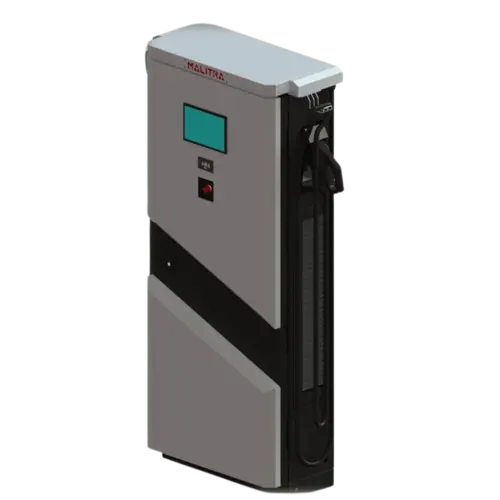

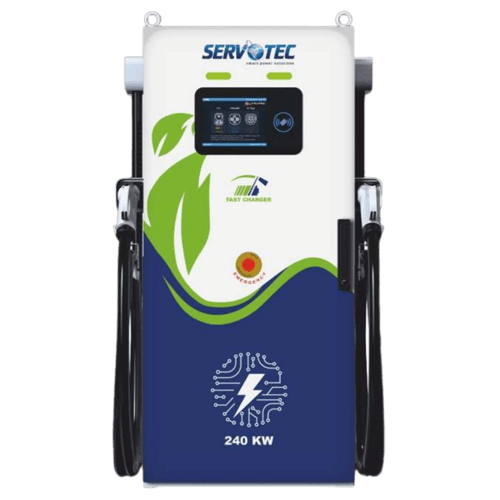
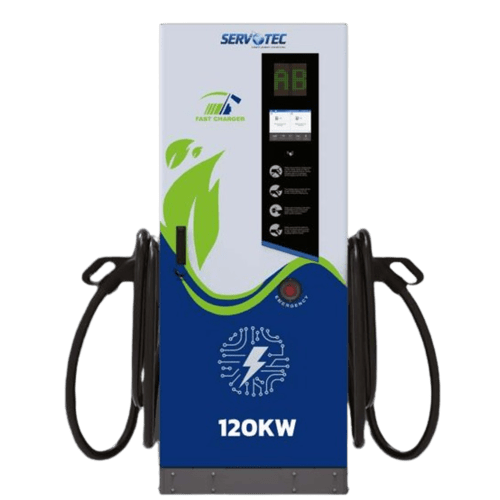
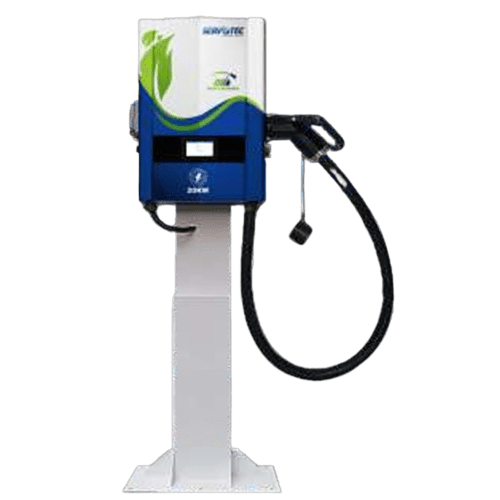
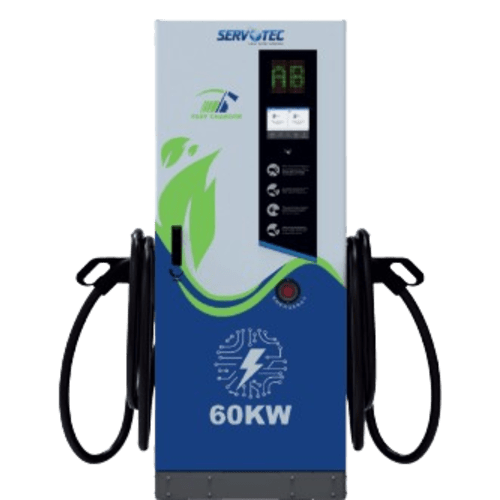
© 2024 Massive Mobility Private Limited. All rights Reserved